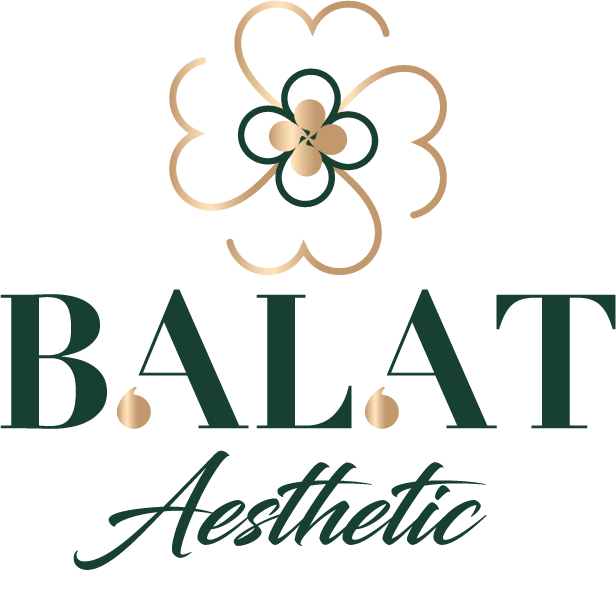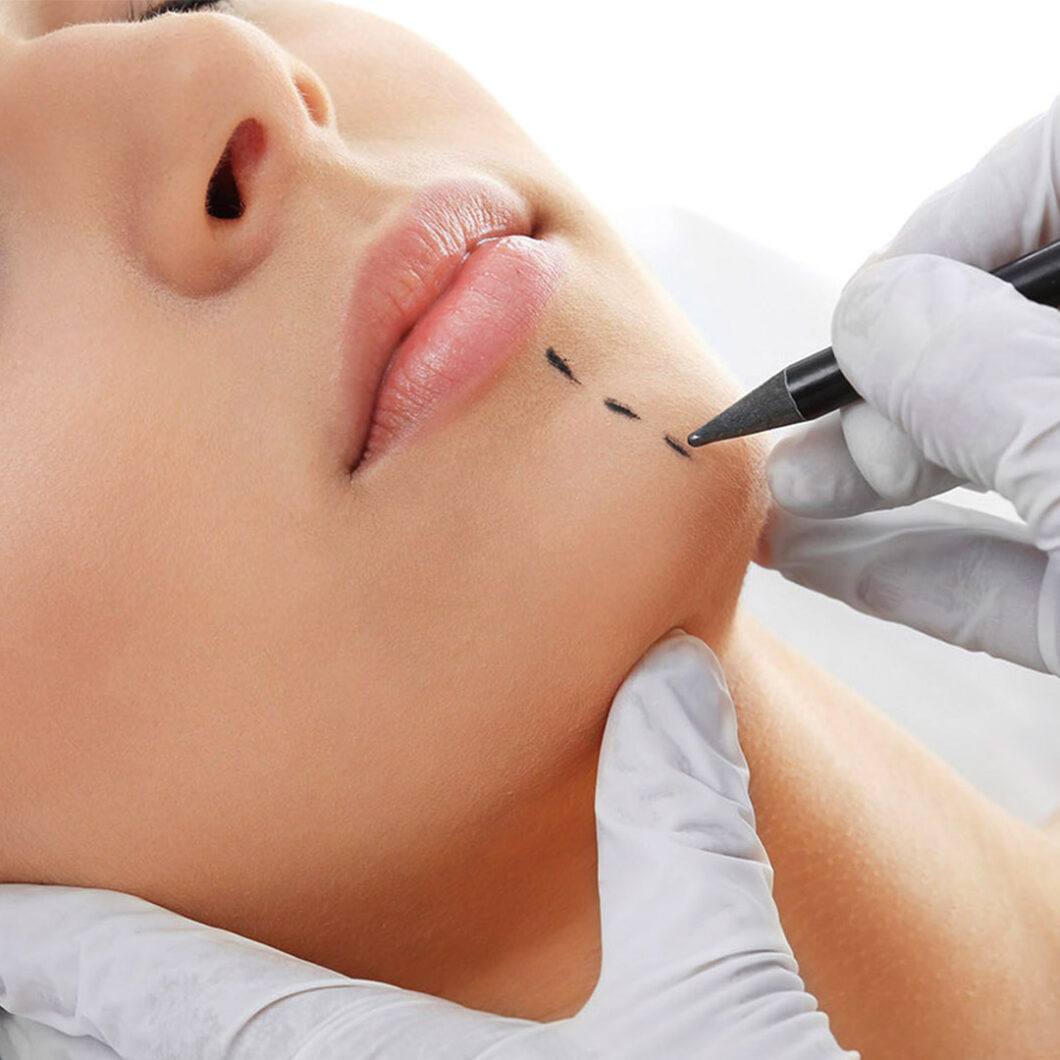Understanding Chin Aesthetics
Chin aesthetics represents a significant aspect of facial harmony and balance within the realm of cosmetic appearance. The chin’s shape, size, and positioning play crucial roles in how facial features are perceived collectively. From an aesthetic standpoint, a well-defined chin is often associated with strength and character, contributing to an overall symmetrical and attractive face.
The ideal proportions of the chin can vary widely across different cultures, reflecting diverse standards of beauty. For instance, in Western societies, a prominent chin that enhances the jawline may be favored, while in some Asian cultures, a softer, more rounded chin could be appreciated for its contribution to a youthful appearance. Understanding these cultural perspectives is essential for comprehending how chin aesthetics shapes views on attractiveness globally. It is also noteworthy that the chin should ideally align with other critical facial features such as the forehead, nose, and cheeks, adhering to specific ratios that promote balance and aesthetics.
Moreover, the influence of chin shape and size on perceptions of beauty cannot be overlooked. A strong, well-defined chin might convey confidence and assertiveness, while a weaker or receded chin may induce perceptions of gentleness or submissiveness. Such connotations highlight the deeper psychological implications of chin aesthetics in social contexts. Various aesthetic procedures, including chin augmentation or reduction, can be undertaken to achieve a desired chin profile, thus aligning a person’s appearance with their personal aesthetic ideals.
In essence, chin aesthetics serves not only as a determinant of individual beauty but also as a complex interplay of societal standards and personal perceptions, underscoring the importance of the chin in achieving a balanced and harmonious facial appearance.
Factors Influencing Chin Aesthetics
Chin aesthetics are significantly shaped by a variety of factors, each playing a unique role in the development of facial prominence and overall balance. One of the most influential elements is genetics. An individual’s genetic makeup determines the size and shape of their chin, which can contribute to a defined jawline or a receding chin. Familial traits often dictate whether a person inherits a strong chin or experiences chin recession, thereby impacting their facial profile and proportion.
Aging is another critical factor affecting chin aesthetics. As individuals age, the skin experiences a natural loss of elasticity and volume, often leading to sagging or drooping in the chin area. This process can cause the chin to appear less prominent and disrupt the harmonious balance of the facial structure. Furthermore, age-related bone loss can contribute to changes in the chin’s shape, potentially resulting in asymmetry or flattening, which alters the facial profile.
Lifestyle choices also play an essential role in chin aesthetics. Habits such as smoking, poor diet, and lack of physical activity not only affect general health but can also influence skin quality and facial appearance. Weight fluctuations can cause changes in fat distribution around the chin and neck, resulting in a fuller or less defined appearance. Additionally, conditions such as bruxism, which involves teeth grinding or jaw clenching, can lead to muscular changes or jawline distortion that impact chin aesthetics.
Individuals often have various concerns regarding their chin appearance, including feelings of inadequacy stemming from perceived defects or asymmetries. Such concerns can significantly affect self-image and confidence. Addressing these issues through appropriate channels, such as consultations with cosmetic professionals, can provide individuals with options to enhance their chin aesthetics and improve their overall facial profile.
Techniques for Enhancing Chin Aesthetics
Enhancing chin aesthetics can significantly improve facial harmony and balance. Individuals seeking to refine the contours of their chin have various techniques at their disposal, spanning both non-surgical and surgical options. Non-invasive procedures like dermal fillers and chin exercises are gaining popularity for their convenience and minimal recovery time. Dermal fillers, primarily composed of hyaluronic acid, can effectively add volume to a receding or weak chin, thereby creating a more defined profile. This method allows for immediate results with minimal downtime, enabling patients to return to daily activities swiftly. However, results are temporary, typically lasting six to twelve months, necessitating repeats for sustained enhancement.
Chin exercises, while less conventional, hold potential for those looking to naturally strengthen and shape their chin area over time. These exercises promote muscle toning and may contribute to a more chiseled appearance, although results vary between individuals. While non-surgical options provide significant benefits, they may not suffice for those seeking more drastic changes.
Surgical interventions, such as chin augmentation or reduction, offer more permanent solutions. Chin augmentation involves inserting implants or using bone grafts to enhance the jawline’s projection, providing a robust transformation in facial aesthetics. Conversely, chin reduction targets individuals with overly prominent chins, creating better facial proportion and an aesthetically pleasing outline. While surgery delivers long-lasting results, it involves a more extended recovery period and potential risks such as infection or dissatisfaction with the aesthetic outcome.
Ultimately, the choice between non-surgical and surgical methods to enhance chin aesthetics depends on individual preferences, desired outcomes, and the specific anatomical considerations of each person. Consequently, consulting with a qualified professional is crucial to determine the most suitable option for achieving an enhanced chin appearance that aligns with personal aesthetic goals.
Maintaining Balanced Chin Aesthetics
After undergoing any aesthetic procedures to enhance chin aesthetics, maintaining the desired results is crucial for achieving a balanced and harmonious facial appearance. To ensure longevity of treatments such as chin fillers or implants, a comprehensive post-treatment care routine is essential.
Skincare plays a vital role in supporting facial aesthetics. Individuals should prioritize a daily regimen that includes gentle cleansing, moisturizing, and sun protection. Utilizing products rich in antioxidants can promote skin health and resilience. Furthermore, incorporating routines that target skin elasticity, like using retinoids or hyaluronic acid, can enhance the overall vitality of the chin area. Consistent hydration through adequate water intake is also pivotal, as it aids in skin suppleness and assists in the healing process following any aesthetic procedures.
Dietary habits significantly influence skin health and overall aesthetics. A well-balanced diet, rich in vitamins and minerals, can promote skin vitality. Foods high in omega-3 fatty acids, antioxidants, and proteins are particularly beneficial. Reducing processed sugars and excessive sodium can help mitigate puffiness and maintain a healthy jawline, thereby supporting the aesthetic goals achieved through treatments.
In addition to skincare and diet, targeted exercises can aid in maintaining chin aesthetics. Facial exercises that focus on the jaw and neck can help enhance muscle tone and firmness, leading to a more sculpted appearance. Regular practice of such exercises can complement the effects of aesthetic treatments, further promoting balance and harmony throughout the face.
Lastly, regular assessments by qualified aesthetic professionals are essential in ensuring ongoing facial harmony. These evaluations allow for the timely adjustment of treatments and provide guidance tailored to individual aesthetic needs. In conclusion, adopting a holistic approach that encompasses skincare, nutrition, exercise, and professional oversight is fundamental to preserving the beauty and balance of chin aesthetics.

